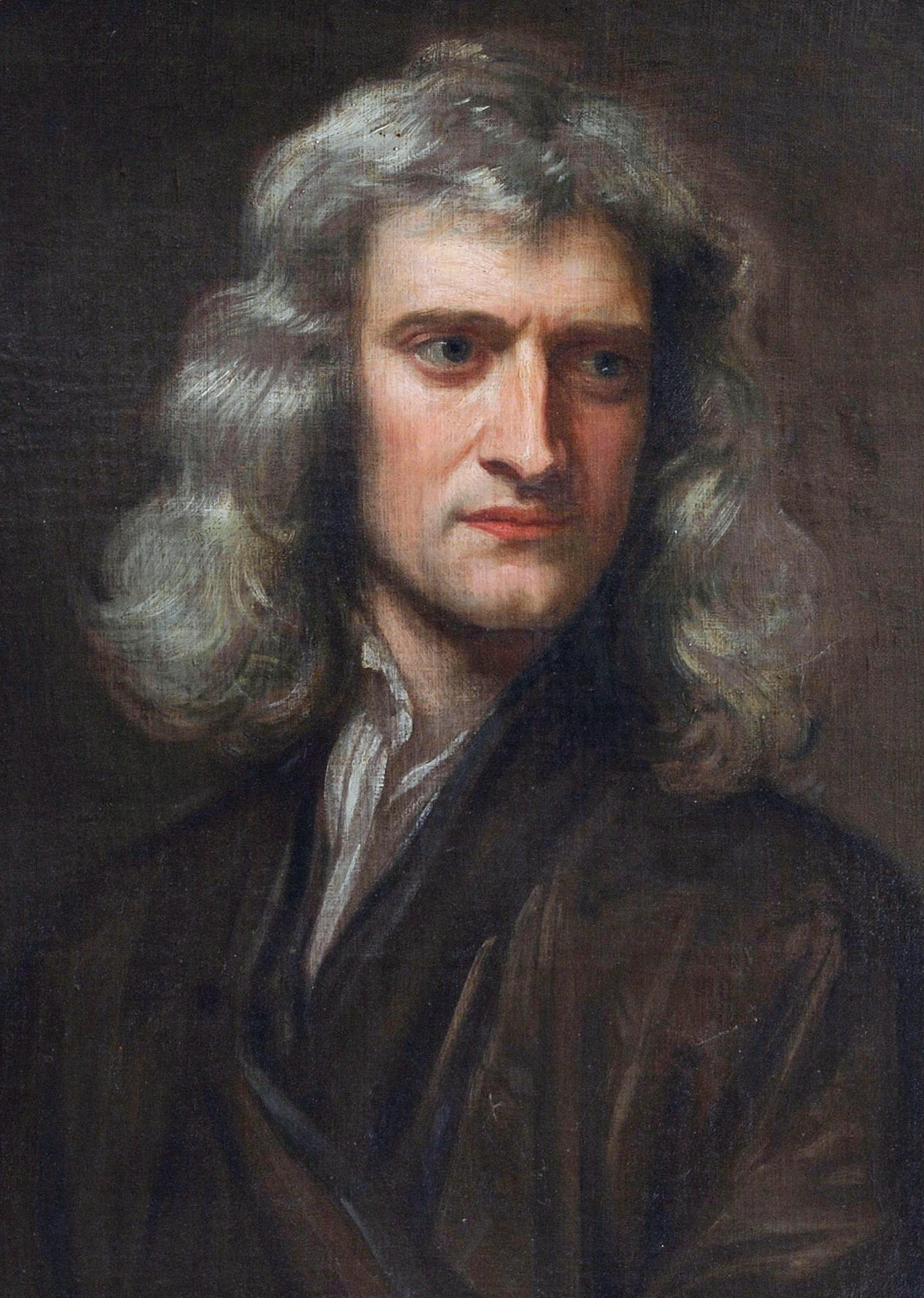Sir Isaac Newton is one of history’s most celebrated scientists, and his Laws of Motion are a cornerstone of classical mechanics. These three simple yet profound principles laid the foundation for our understanding of how objects move and interact. From launching rockets into space to explaining the physics of a rolling ball, Newton's laws permeate every aspect of motion in the physical universe.
In this article, we’ll dive into the essence of Newton’s three laws of motion, their applications, and why they remain so important today.
Newton’s Legacy: The Genesis of the Laws of Motion
Isaac Newton (1643–1727), an English mathematician, physicist, and astronomer, published his groundbreaking work Philosophiæ Naturalis Principia Mathematica (commonly referred to as the Principia) in 1687. In it, Newton articulated his three laws of motion, along with his law of universal gravitation, forever changing the way humanity understood the physical world.
These laws describe the relationship between an object’s motion and the forces acting upon it, providing a framework for classical mechanics that remains fundamental even in the modern scientific era.
The Three Laws of Motion
1. The Law of Inertia
“An object at rest stays at rest, and an object in motion stays in motion with the same speed and in the same direction unless acted upon by an unbalanced force.”
This law, often called the Law of Inertia, establishes that objects resist changes to their state of motion. The concept of inertia, first proposed by Galileo, was refined by Newton and forms the basis of his first law.
Examples in Action:
- A stationary book on a table stays at rest unless someone pushes it.
- A soccer ball rolling on a field will eventually stop due to the unbalanced forces of friction and air resistance.
The law underscores the importance of external forces in altering motion and explains why objects in space, far from gravitational forces, continue to move indefinitely.
2. The Law of Force and Acceleration
“The acceleration of an object is directly proportional to the net force acting upon it and inversely proportional to its mass.”
In mathematical terms:
Where:
- is the net force acting on the object (measured in Newtons).
- is the mass of the object (measured in kilograms).
- is the acceleration of the object (measured in meters per second squared).
This law quantifies how forces affect motion. A greater force results in greater acceleration, while heavier objects require more force to achieve the same acceleration.
Examples in Action:
- Pushing a toy car: Applying more force causes the car to accelerate faster.
- A loaded truck vs. an empty truck: The loaded truck accelerates more slowly under the same engine force due to its greater mass.
3. The Law of Action and Reaction
“For every action, there is an equal and opposite reaction.”
This law explains the reciprocal nature of forces. When one object exerts a force on another, the second object exerts an equal and opposite force back on the first.
Examples in Action:
- Rocket propulsion: A rocket expels exhaust gases downward, and in response, the rocket is propelled upward.
- Jumping off the ground: When you push down on the ground with your feet, the ground pushes back with an equal force, allowing you to leap into the air.
This principle is at the heart of many technologies, including engines, aircraft, and even everyday movements like walking.
Applications of Newton’s Laws
Newton’s laws are universally applicable across a wide range of disciplines, from engineering and space exploration to sports and everyday life.
- Engineering: Bridges, buildings, and vehicles are designed considering the forces and motions described by Newton’s laws.
- Space Exploration: Newton’s laws guide spacecraft trajectories and the mechanics of orbiting celestial bodies.
- Sports: Understanding forces and motion helps athletes optimize performance, from sprinters maximizing their acceleration to gymnasts balancing their inertia.
- Daily Life: Whether driving a car, playing catch, or pulling a suitcase, Newton’s principles govern the forces at play.
Limitations and Modern Insights
While Newton’s laws provide an excellent framework for most situations, they have limitations. At extremely small scales (quantum mechanics) or very high speeds near the speed of light (relativity), Newtonian mechanics gives way to the theories of quantum physics and Einstein’s relativity.
Nevertheless, Newton’s laws remain highly accurate for the vast majority of everyday and engineering applications.
Newton’s Laws: A Lasting Legacy
Newton’s Laws of Motion not only revolutionized science in his time but continue to shape how we approach and solve problems in physics and beyond. They reveal the underlying simplicity of the universe, where seemingly complex phenomena can often be explained through three straightforward principles.
By understanding these laws, we gain a deeper appreciation for the forces that govern our world and the cosmos itself.
Final Thoughts
Isaac Newton’s contributions to science are monumental, and his laws of motion remain a testament to the power of human curiosity and ingenuity. Whether you’re a physicist, engineer, or simply an observer of the natural world, Newton’s laws provide a window into the elegant mechanics of motion.
